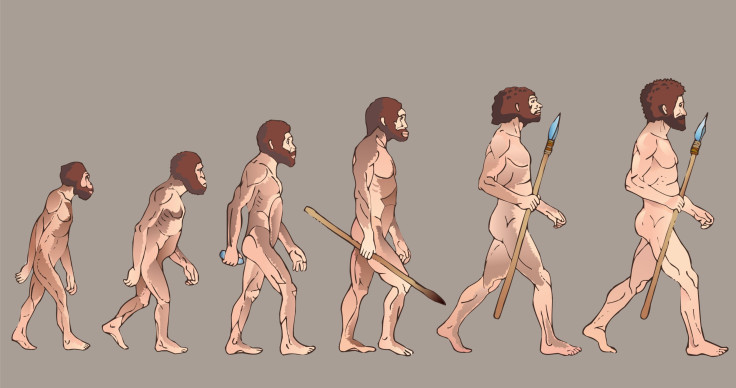Mystery Of Human Evolution Solved: The Human Chin Has More To Do With How We Socialize Than How We Chew

Despite the important role our chins play in shaping our faces, scientists are not entirely sure why modern humans are the only species to have developed a chin. A recent study has presented evidence to suggest that the emergence of the chin has more to do with our social skills than it does the way we eat. While the news isn’t likely to help you pass Biology 101, it might help to make you the smartest person in the room at the next pub quiz.
The chin is distinctive to humans. Neither our preceding Neanderthal ancestors nor our current primate cousins possess the facial trait, but exactly why has eluded scientists. Nature does not favor unnecessary features, but scientists have had trouble figuring out how chins fit into the puzzle of human evolution. A new study from the University of Iowa has suggested that chins actually emerged as a secondary trait caused by a gradual shift in hormonal balances related to our change from isolated social creatures.
For the study, Dr. Nathan Holton and his team used advanced facial and cranial biomechanical analyses of nearly 40 people whose measurements were plotted from toddler to adults. From this data, the researchers were able to conclude that the emergence of the chin was unconnected to the way that modern man chewed his food. According to the researchers, the mechanical forces needed to chew are incapable of producing the resistance needed for new bone to be created in the jaw area.
"In short, we do not find any evidence that chins are tied to mechanical function, and in some cases we find that chins are worse at resisting mechanical forces as we grow," Holton said in the press release.
Instead, the emergence of the chin seems more closely linked to lifestyles changes that occurred around 80,000 years ago. During this time period, humans left Africa and began to shift from their isolated hunter-gatherer ways to more socially connected groups. In order to form these social networks, humans, particularly males, needed to be less aggressive. As a result, humans began to produce less testosterone. This produced a noticeable change in our facial appearance, causing the actual face to shrink up to 15 percent in size, the study reads. The researchers believe that the chin was a secondary result of the humans developing smaller faces. Because our faces were now smaller, the jawbone became more prominent.
"What we're arguing is that modern humans had an advantage at some point to have a well-connected social network, they can exchange information, and mates, more readily, there's innovation, and for that to happen, males have to tolerate each other,” explained Robert Franciscus, a contributing author to the study. “There had to be more curiosity and inquisitiveness than aggression, and the evidence of that lies in facial architecture."
Source: Holton NE, Bonner LL, Scott JE, et al. The ontogeny of the chin: an analysis of allometric and biomechanical scaling. Journal of Anatomy. 2015.
Published by Medicaldaily.com



























